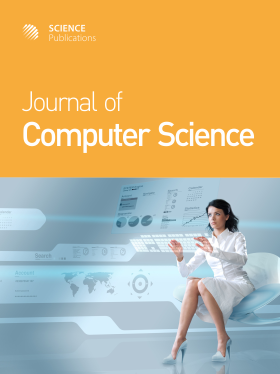Multi-Source Cyber Intrusion Detection Using Ensemble Machine Learning
- 1 Department of Microbiology, Quaid-E-Azam University, Islamabad, Pakistan
- 2 Department of Software Engineering, Islamia University of Bahawalpur, Pakistan
- 3 Department of Computer Science and Data Science, Parker Hannifin Corp, United States
- 4 Department of Computer Science, Medline Pharmaceuticals, Chicago, United States
- 5 Department of Engineering, Pakistan Television Corporation, Lahore, Pakistan
- 6 Department of Computer Science, General Motors and Automobile, Michigan, United States
- 7 Department of Computer Science, Independent Researcher, New Jersey, United States
Abstract
The increased usage of digital technologies across businesses has led to an increase in cybercrime. It is difficult for existing intrusion detection systems to detect highly skilled hacking attempts; however, machine learning has been suggested as a way around these drawbacks. The purpose of this study is to evaluate how well various machine learning algorithms identify and stop cyberattacks in diverse network, system, and application environments. The goal of the study is to provide designers with a thorough grasp of the benefits and drawbacks of using machine learning for cyber intrusion detection. It will also assist in creating a more reliable and effective detection infrastructure. Metrics like accuracy, precision, recall, and F1-score will be used in the research to assess the models' performance. The goal is to better safeguard enterprises' networks, systems, and applications from cyberattacks by offering more precise and effective intrusion detection solutions. The objective is to determine future research areas for machine learning-based cyberattack detection methods. People all over the globe can now connect thanks to cloud computing and the Internet of Things and computer security professionals utilize standard operating procedures and proprietary software to guarantee that digital evidence is admissible in court. In digital cyber forensics, the goal of this project is to provide a revolutionary machine learning-based approach for protecting data integrity and identifying cyber threats. The best accuracy (97%), for identifying cyber hazards, will be achieved by using the Hybrid KNN-XGB, Hybrid KNN-CBC, Hybrid KNN-LGBM, Hybrid KNN-HGBC and Hybrid KNN-GBC Boosted algorithms.
DOI: https://doi.org/10.3844/jcssp.2025.111.123

- 651 Views
- 184 Downloads
- 0 Citations
Download
Keywords
- Machine Learning
- Cybercrimes
- Cyber Security
